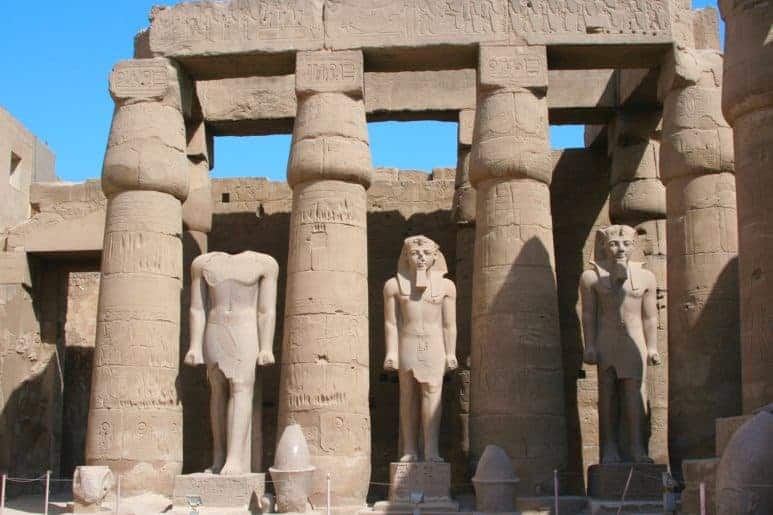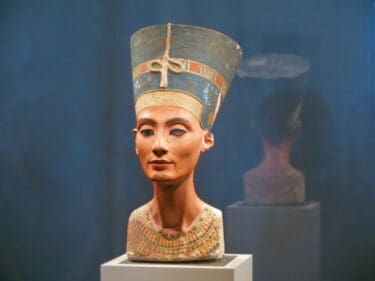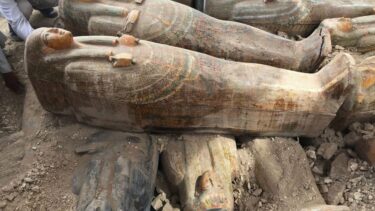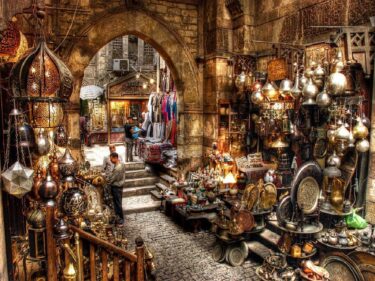Nestled on the east bank of the Nile River, the modern town of Luxor has risen from the dust of the old capital of Thebes, known as the ‘City of a Hundred Gates’. Thebes was Egypt’s political center from the twelfth dynasty, and although the ancient mud-brick houses and palaces have gone, most of the city’s stone temples have survived.
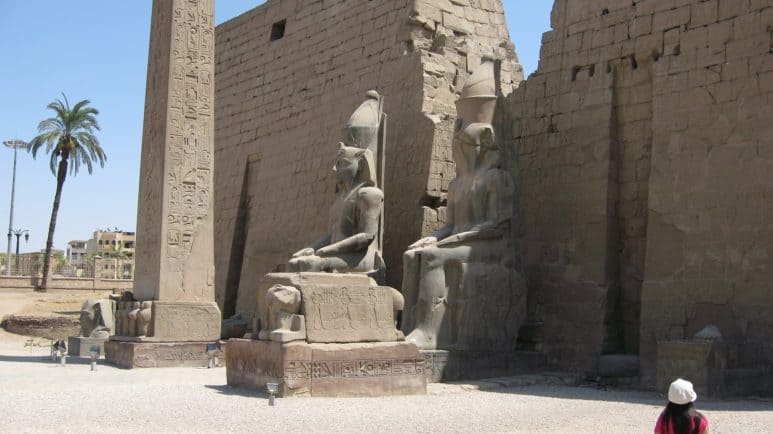
Perhaps the most famous of them is the nearby Karnak Temple, and its fame is justified, but no Luxor day tours are complete without spending time at the equally majestic and important Luxor Temple.
A Must-Visit on Your Egypt Vacation
The temple was commissioned by the pharaoh Amenhotep III in the 14th century BC, but like most structures and monuments of the ancient world, it was added to and developed by later rulers, including Tutankhamun, Horemheb and Rameses II, who between them added columns, statues, friezes and, after Akhenaten destroyed his father’s cartouches, he installed a shrine to Aten. There is even a shrine dedicated to Alexander the Great.
Luxor Temple is also unique among Egyptian monuments, because unlike many other sites, the temple has been in almost continuous use as a place of worship, and remains so to this day. During the Christian period, the hypostyle hall was converted into a church, and to the west the remains of a Coptic church can be found. Later still, the mosque of Sufi Shaykh Yusuf Abu al-Hajjaj was added.
The complex became partly buried beneath accumulated mud and silt from the Nile’s rising waters, but when the temple was uncovered, the mosque was found to be very well preserved, and remains an integral part of the site today.
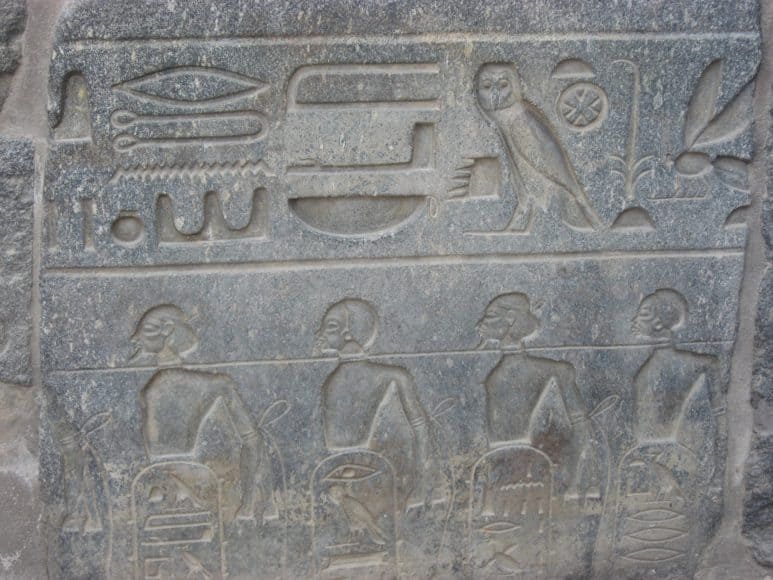
Architectural Wonders on Your Egypt Tour
The site itself is a vast complex of architectural wonders among all Egypt private tours. There are several monumental gateways, or pylons, some of which are 200 feet in length. The first pylon, where the temple proper begins, reaches 70 feet in height, and is fronted by colossal statues and a soaring granite obelisk. The obelisk was once one of a pair, but its twin now stands in the Place de la Concorde in Paris.
Built by Ramesses II, the pylon is carved with scenes of his military triumphs, most notably the Battle of Kadesh, but later pharaohs, including those from Nubian and Ethiopian dynasties, are also memorialized in the stones.
Beyond the pylon is a peristyle courtyard, and it’s atop the columns of this courtyard that the Abu Haggag Mosque was built, while they were buried by as much as 25 feet of river silt.
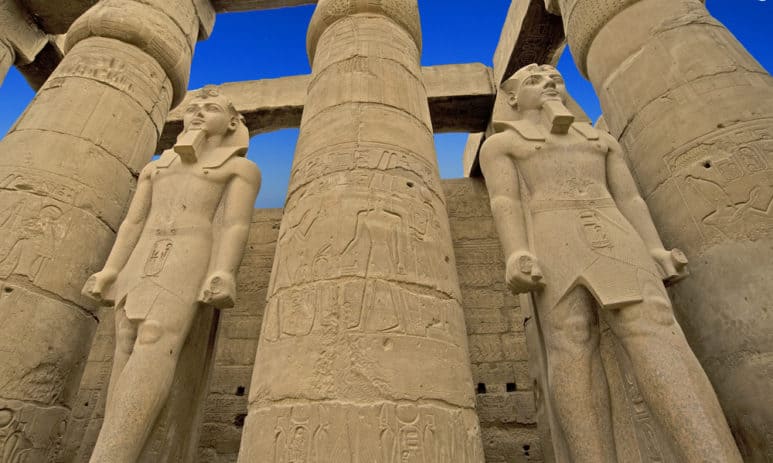
After the peristyle courtyard is Ahmenhotep III’s 100-foot processional colonnade, beautifully lined by 14 papyrus-capital columns. Friezes carved on the walls describe various festivals.
Following the second peristyle hall comes a 32-column hypostyle court that leads into the inner sanctums of the temple. Of special interest in the initial antechamber are the Roman stuccoes above the Egyptian carvings below.
In the Roman period the antechamber served as a chapel, where local Christians were given a final opportunity to renounce their faith and embrace the pagan state religion. We can only assume that if they declined the chance, they met a grisly sacrificial end.
